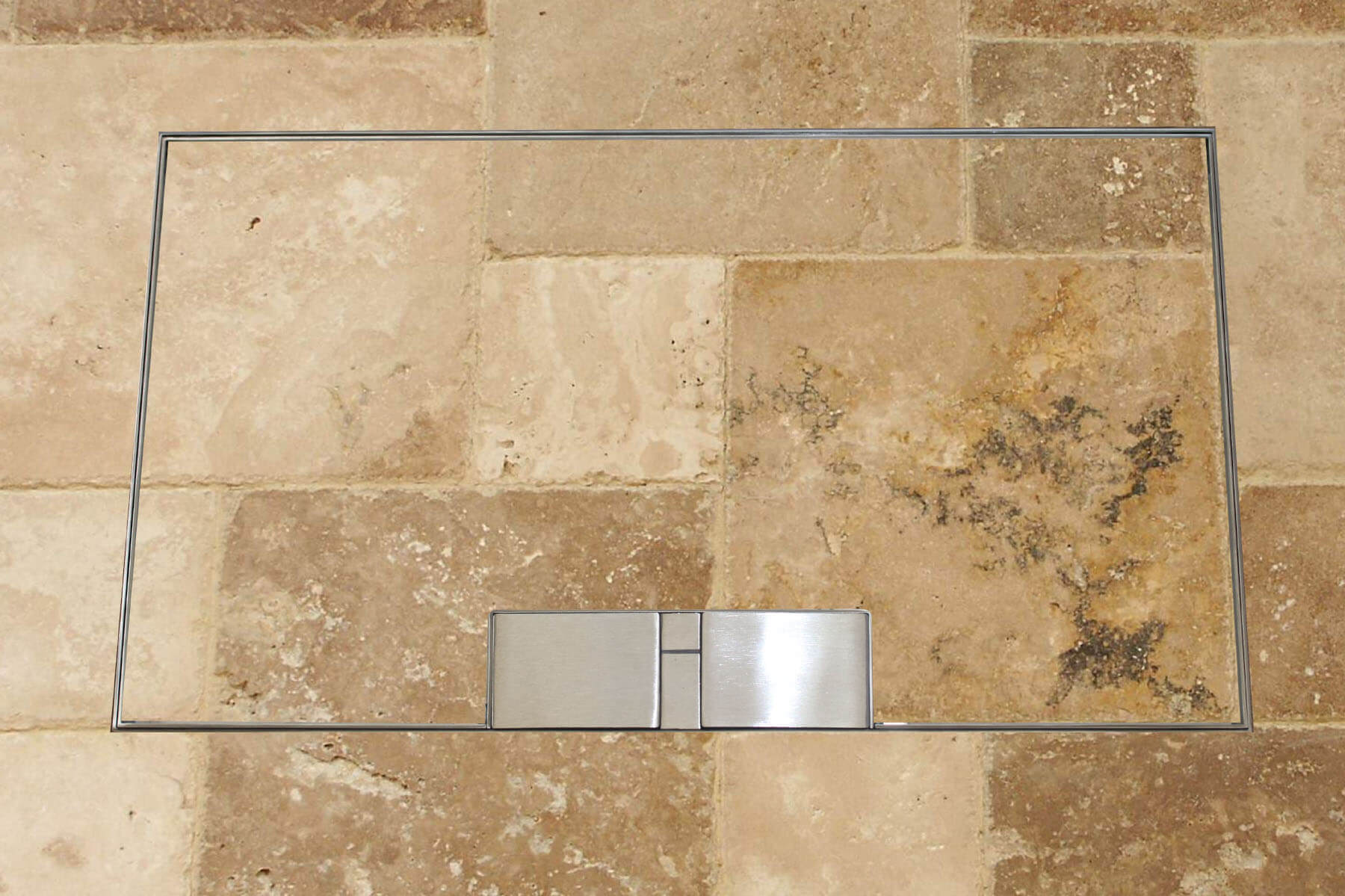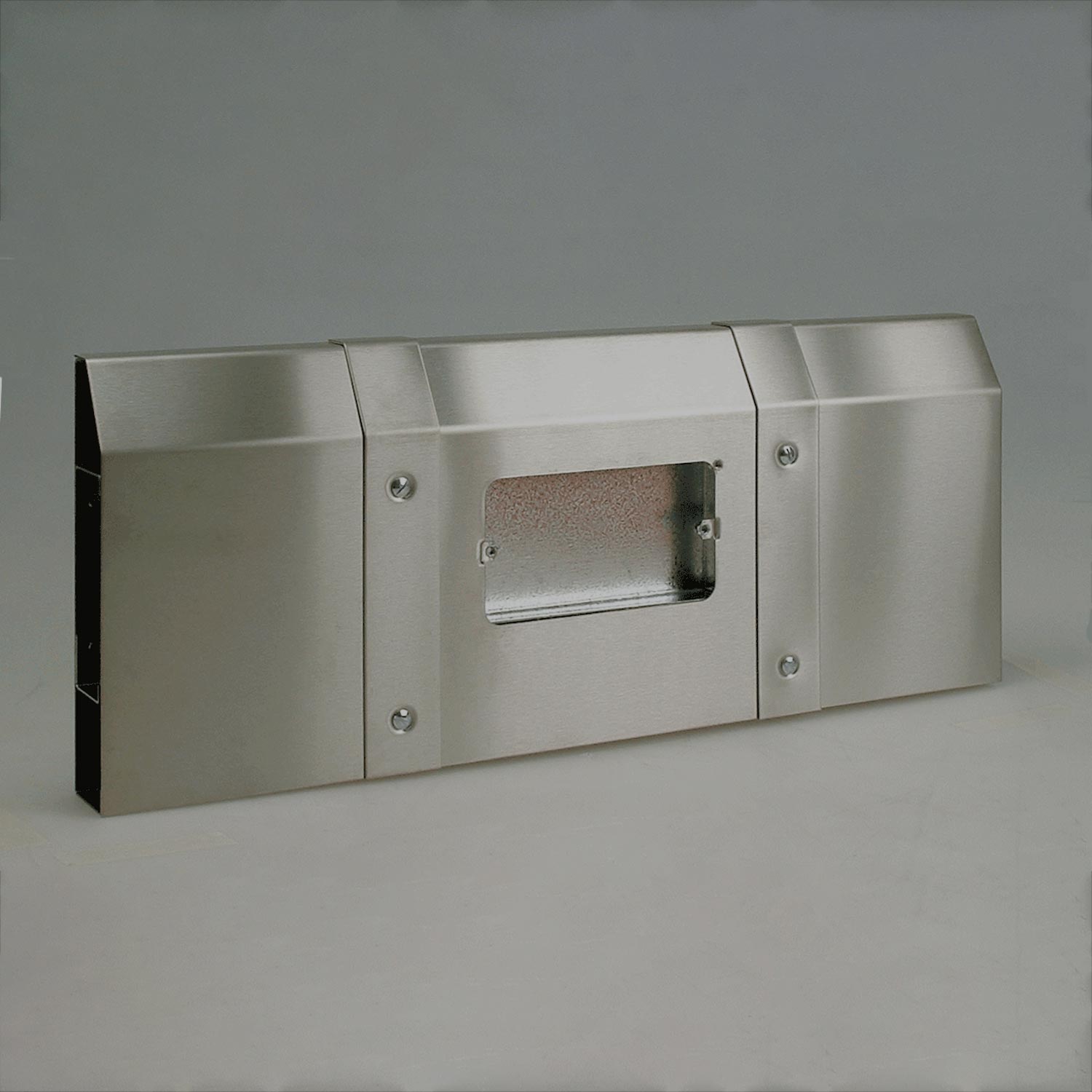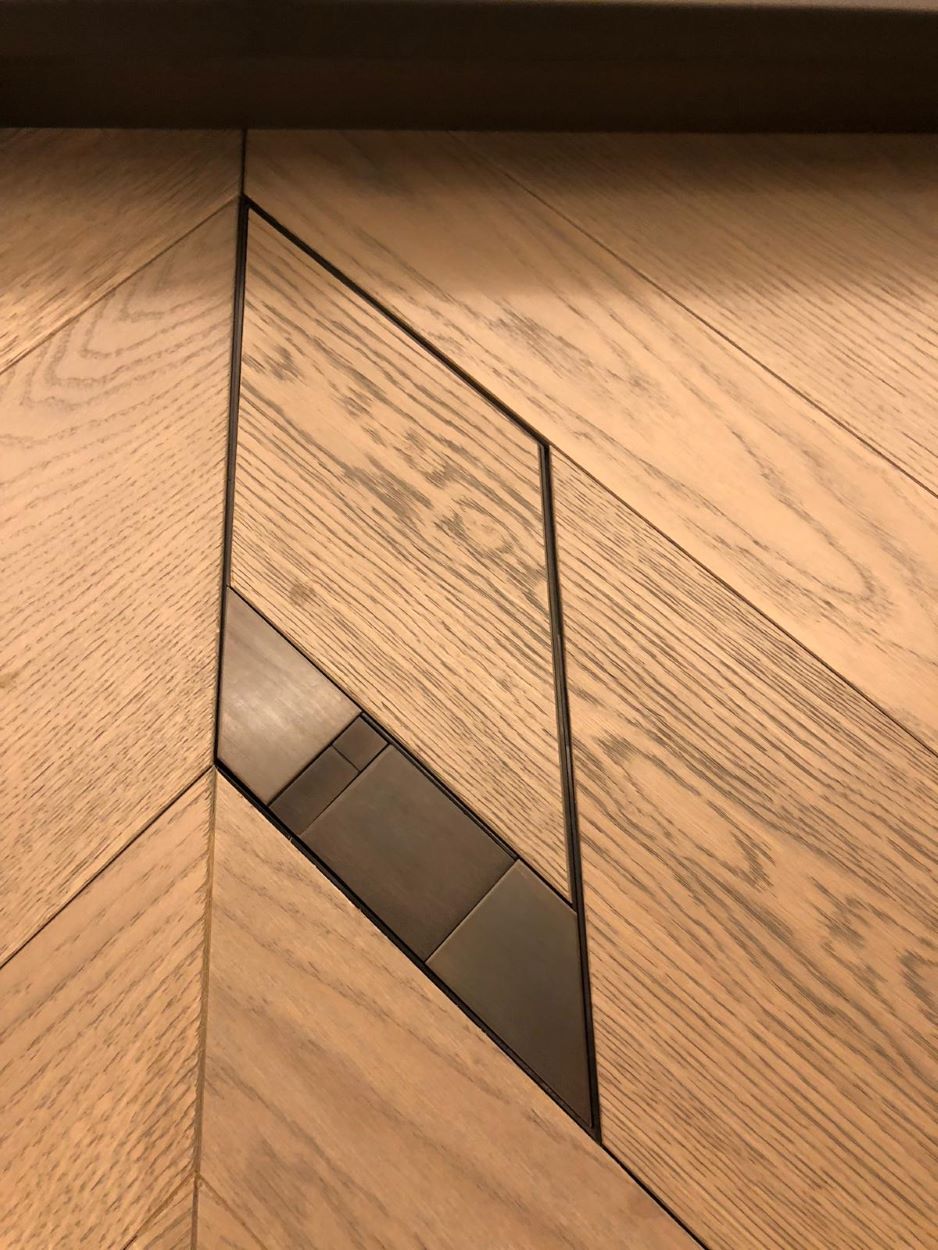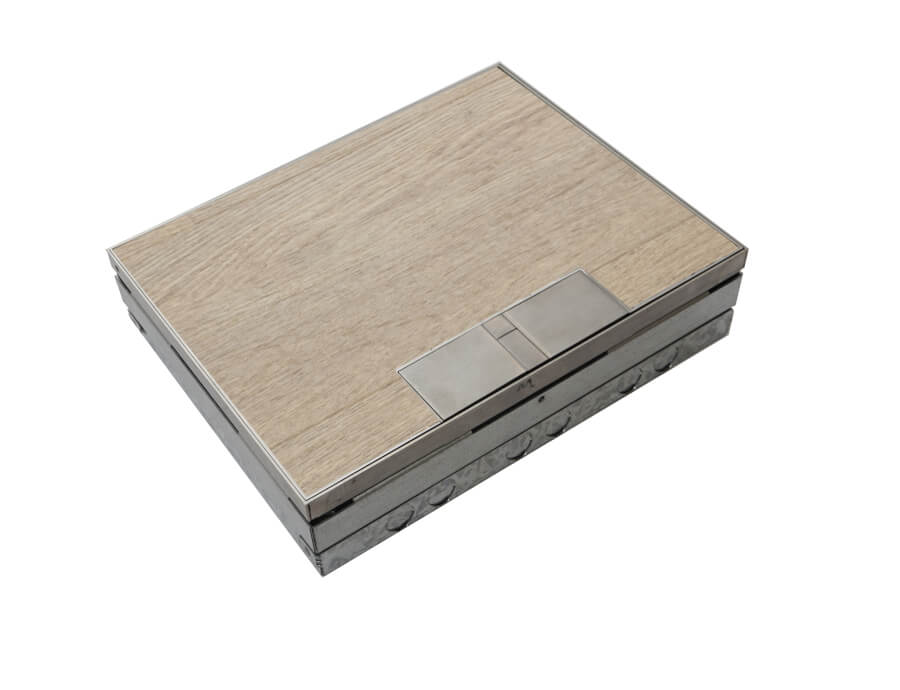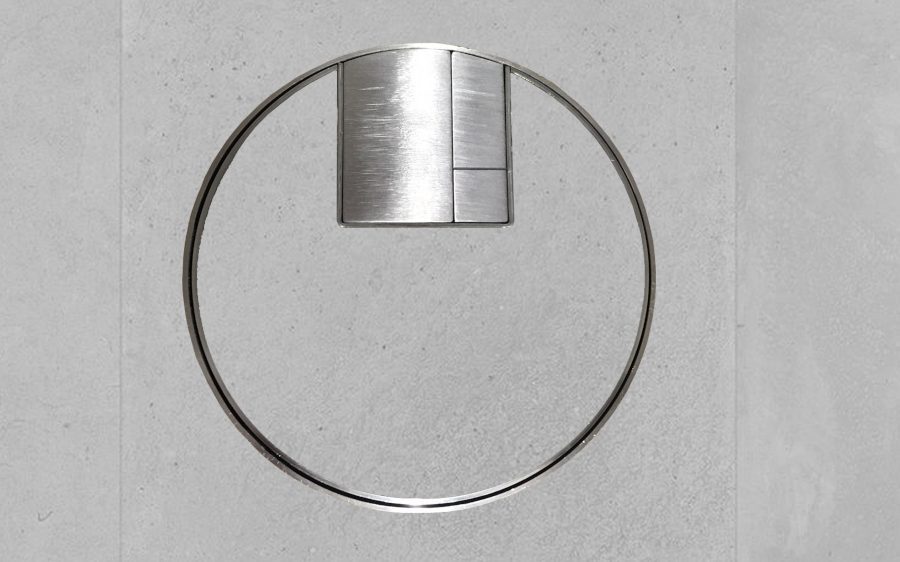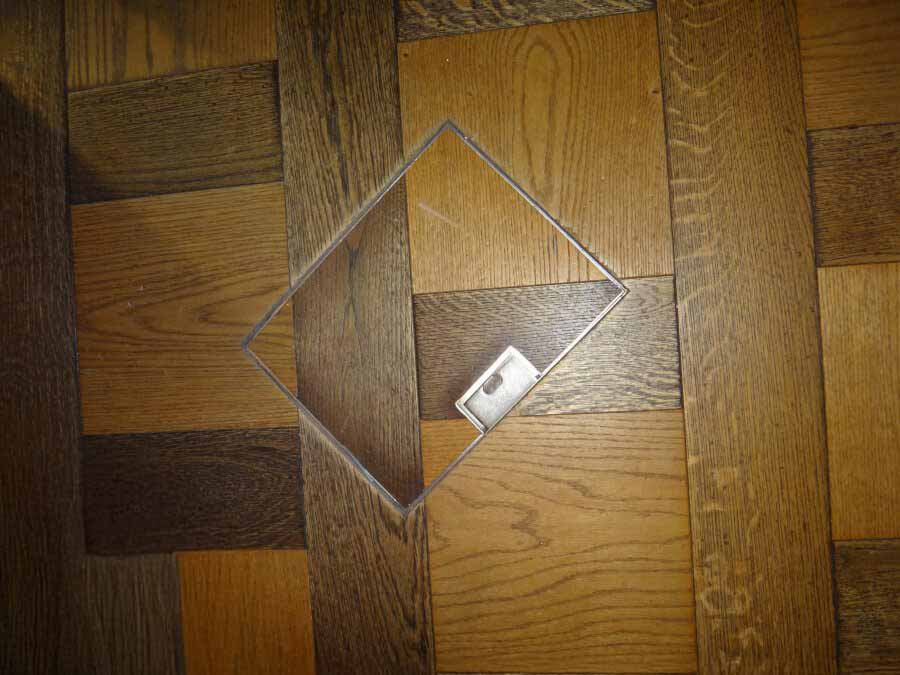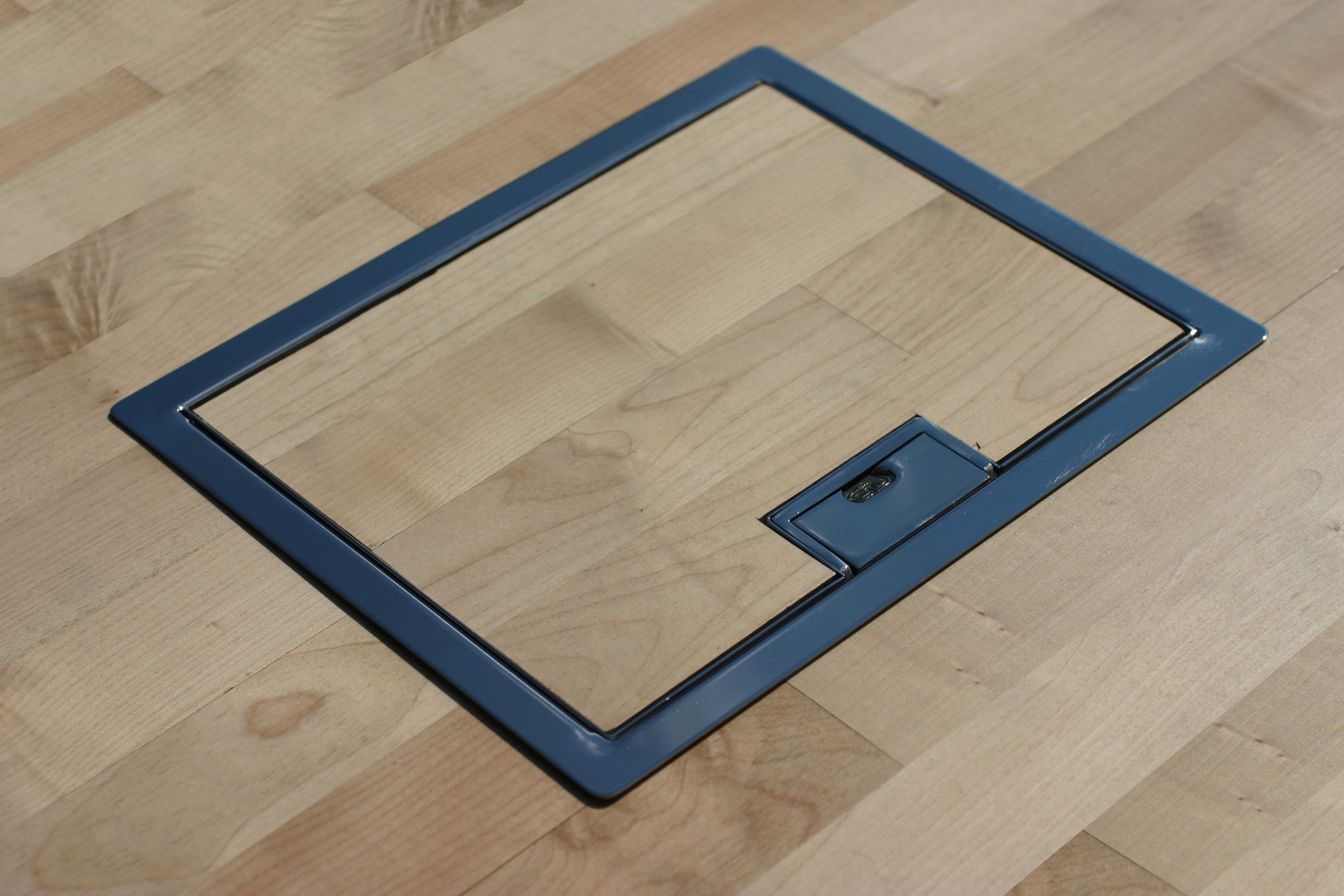Floor boxes vs traditional wall outlets: which is right for your space?
July 18, 2025 | Product News
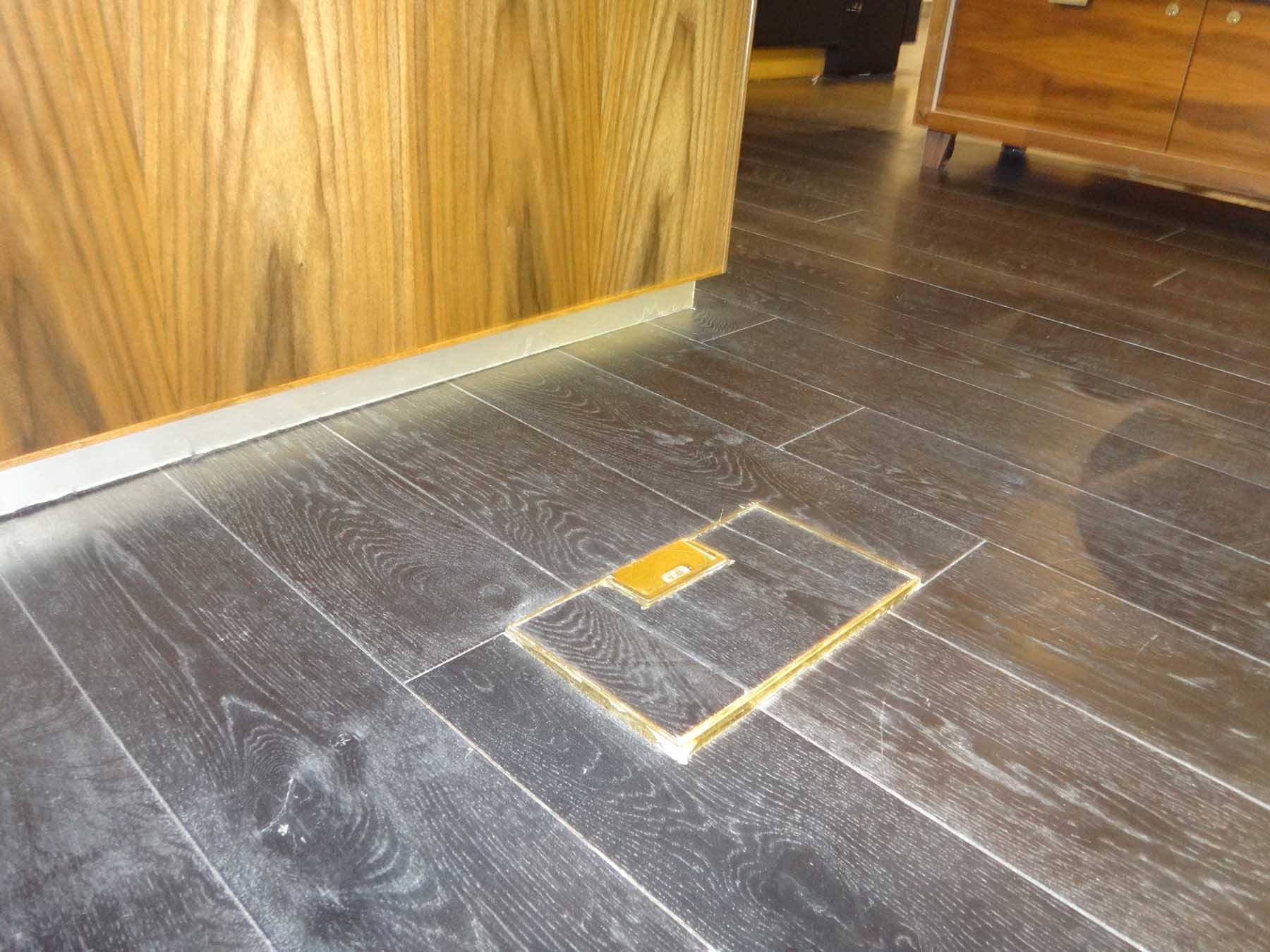
When planning the electrical infrastructure for internal spaces, one of the most practical considerations is how you’ll provide access to power and data connections throughout the building. The classic floor box vs wall outlet debate comes down to more than just aesthetics – it’s about functionality, accessibility, and creating a space that works efficiently for your needs. In this article, we’ll explore the key differences between floor boxes and traditional wall outlets, helping you determine which solution best suits your specific requirements.
Understanding floor boxes and traditional wall outlets
Before looking at comparisons, let’s establish what these two solutions actually are.
What is a floor box?
A floor box is a recessed electrical outlet unit installed directly into the floor, providing power, data, and AV connections exactly where they’re needed. These versatile units sit flush with the floor surface when closed and can be opened to access the connections inside. Modern floor boxes are designed to blend seamlessly with various flooring materials, from carpet to timber and stone finishes.
Floor boxes come in various configurations from simple single-service units to comprehensive multi-compartment solutions that can accommodate numerous power sockets and data points. Some feature pop-up covers, while most have discreet hinged lids that reveal the connection points only when needed.
What are traditional wall outlets?
Traditional wall outlets (or wall sockets) are the standard electrical points installed in walls around the perimeter of a room. These have been the conventional solution for power delivery for decades, with data and communication outlets typically following the same placement pattern.
While familiar and straightforward, wall outlets come with inherent limitations, primarily their fixed positioning along walls, which can restrict furniture placement and create potential trip hazards from cables stretching across walkways. This is particularly the case with the trend towards open plan and larger spaces.
Key considerations when choosing between floor boxes and wall outlets
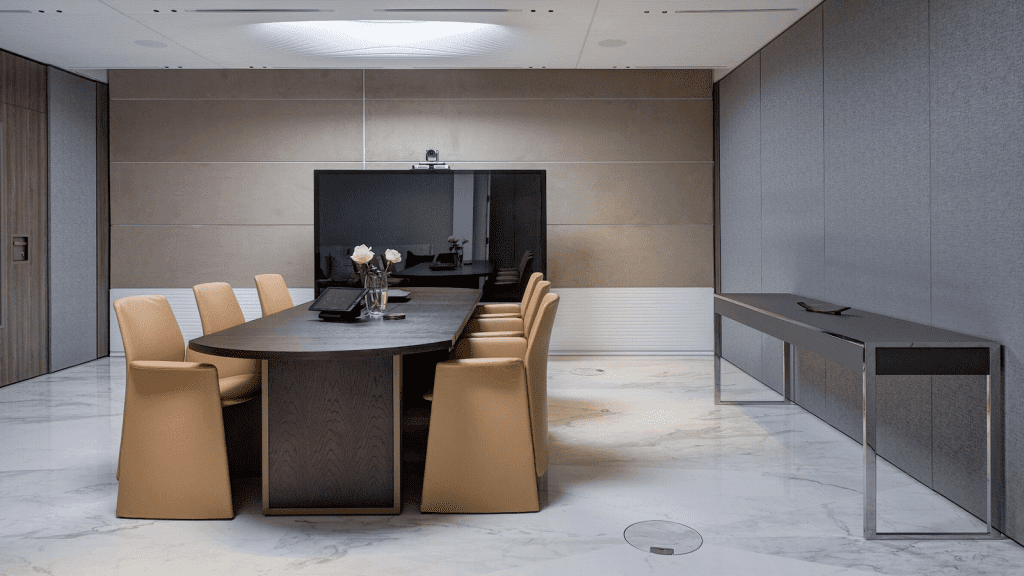
One of the most compelling advantages of in-floor power solutions is the freedom they provide for space planning. With traditional wall sockets, your furniture arrangement is often dictated by outlet locations. Desks, conference tables, and equipment typically need to be positioned near walls to access power, which can limit your design options and potentially create awkward layouts.
In contrast, underfloor electrical boxes allow you to place connections precisely where you need them whether that’s beneath a conference table, in the middle of an open-plan office, or within a retail display area. This means furniture can be positioned optimally for the space’s function rather than being restricted to wall-adjacent locations.
For spaces that require frequent reconfiguration, such as multi-purpose venues or flexible workspaces, floor boxes provide exceptional adaptability. Your power and data connections remain exactly where you need them, regardless of how the furniture is arranged.
Aesthetics and interior design
The visual impact of your electrical solutions shouldn’t be underestimated. Wall outlets are often visible and can disrupt the clean lines of an interior design scheme. While they can be painted to match walls, they remain a visible element that designers must work around.
Floor boxes offer a more discreet solution. When closed, quality floor boxes sit flush with the floor surface and can be specified with finishes that complement your flooring material and interior design. Premium options even allow for the floor covering material to be inserted into the lid, creating an almost invisible appearance.
For heritage buildings or high-end interior designs, the unobtrusive nature of floor boxes helps maintain the integrity of the space without compromising on functionality.
Cable management and safety
Effective cable management isn’t just about aesthetics; it’s an important safety consideration. With wall-mounted power points, cables often need to traverse open floor space to reach centrally-located equipment or furniture. This creates potential trip hazards and can look untidy, with cables snaking across otherwise clean floor spaces.
Underfloor power outlets eliminate these issues by delivering connections directly where they’re needed. This means shorter cable runs and fewer (if any) exposed cables crossing walkways. For busy environments like offices, retail spaces, or educational facilities, this reduction in trip hazards can be a significant safety advantage.
Installation considerations
The practicalities of installation are important factors when weighing up these options. Wall sockets are generally simpler to install, especially in existing buildings. They require less specialised equipment and can often be added or relocated with minimal disruption to the building structure.
Floor connection boxes typically require more planning, particularly in existing buildings where floors may need to be channelled or partially lifted to accommodate the units and associated cabling. In new constructions or major renovations, floor boxes can be integrated during the floor installation phase, making the process more straightforward.
It’s worth noting that while the initial installation of floor boxes may be more complex, the long-term benefits in terms of flexibility and cable management often outweigh this consideration, particularly for commercial or high-specification environments.
Ideal applications: when to choose each option
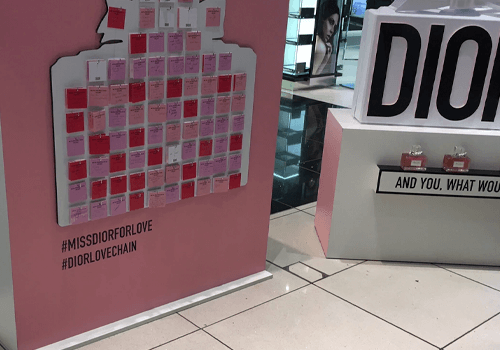
Floor boxes excel in several specific environments including:
- Open-plan offices where desks and workstations may be positioned away from walls
- Conference and meeting rooms where table-top access to power and data is essential
- Retail environments with central displays requiring power
- Educational spaces with flexible learning arrangements
- Exhibition venues and event spaces requiring temporary power setups in different configurations
- Heritage buildings where preserving aesthetics is important
- High-end residential properties where discreet power solutions enhance luxury interiors
These environments benefit from the flexibility, aesthetics, and practical cable management that recessed floor outlets provide, creating cleaner, more adaptable spaces.
When traditional wall outlets make more sense
Despite the advantages of floor boxes, traditional wall outlets remain the better choice in certain circumstances.
- Small residential rooms where furniture naturally sits against walls
- Environments with frequent water exposure on floors (though water-resistant floor boxes are available)
- Budget-constrained projects where the additional investment in floor boxes isn’t feasible
- Temporary structures where the permanence of floor box installation isn’t warranted
- Spaces with very thin floor constructions that cannot accommodate floor boxes
In these scenarios, the simplicity and cost-effectiveness of wall outlets often make them the more practical choice.
As you can see, floor boxes are a great option when you want to provide convenient access to power outlets and maximise safety. If you’d like to find out more about floor boxes from Cableduct get in touch today. You can call us on 020 8683 1126 or send us a message online and we’ll get back to you as quickly as possible.
